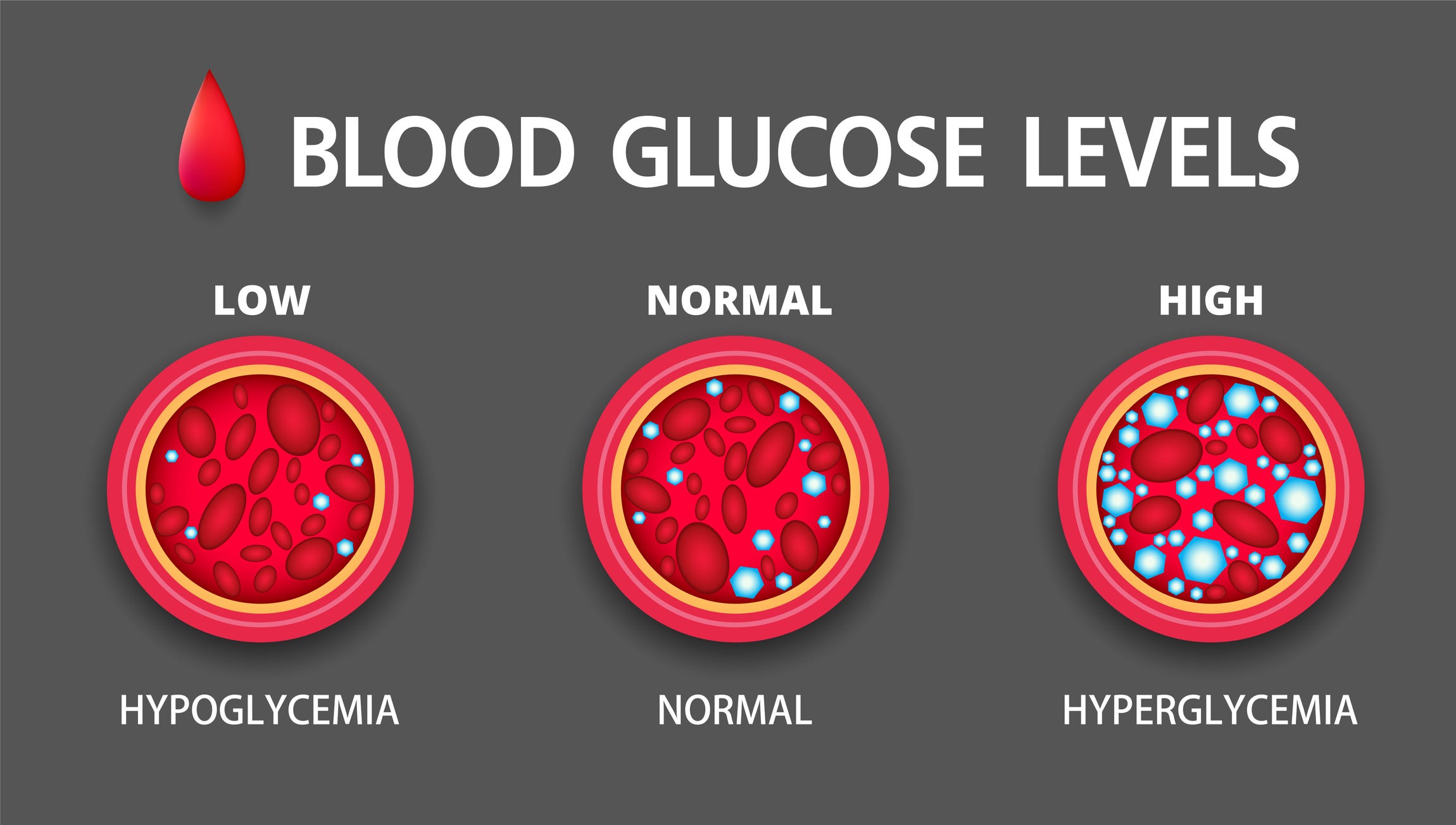
What Should I Look for When Selecting a Dietary Supplement?
Dietary supplements are more accessible than ever—offered in pills, powders, liquids, and gummies for everything from energy and immunity to focus and skin support. But with thousands of products on the market, knowing how to choose a safe, effective, and high-quality supplement is more important than ever. Misleading labels, underdosed formulas, and unverified claims can make the decision confusing—even for informed consumers.
Whether you’re just starting your supplement journey or trying to refine your daily routine, this guide will walk you through what truly matters when evaluating supplements. From label transparency to third-party testing and potential risks, we’ll cover everything you need to know—compliantly, clearly, and with your long-term wellness in mind.
Table of Contents
- What Are Dietary Supplements?
- Whole Foods vs. Supplements – What’s the Difference?
- Who Might Benefit from Supplements?
- How Are Supplements Regulated?
- Safety, Dosage, and Upper Limits
- How to Read a Supplement Label
- What Is Third-Party Testing and Why It Matters
- Key Factors for Choosing High-Quality Supplements
- Frequently Asked Questions
- Conclusion and Key Takeaways
- References
1. What Are Dietary Supplements?
According to the FDA, dietary supplements are products intended to supplement the diet and contain one or more dietary ingredients. These ingredients may include vitamins, minerals, amino acids, botanicals, enzymes, or other nutritional substances. Supplements come in many forms—capsules, tablets, powders, softgels, liquids, and chewables.
Supplements are not designed to replace meals or serve as medicine. Instead, they are meant to help support the body’s normal functions by filling in nutrient gaps or reinforcing specific wellness goals—such as supporting energy metabolism, immune signaling, or digestive enzyme activity. They are regulated under a different set of rules than drugs and must follow labeling requirements set forth by the Dietary Supplement Health and Education Act of 1994 (DSHEA).
It’s important to note that while supplements may help support various body systems, they are not approved to treat, diagnose, or prevent any disease. Labels may include structure/function claims (such as “supports joint flexibility”), but these must be truthful, not misleading, and accompanied by a required legal disclaimer.
Understanding what supplements are—and what they are not—is the first step in making informed, confident choices. In the next section, we’ll explore how supplements compare to whole food sources, and when each may be appropriate.
2. Whole Foods vs. Supplements – What’s the Difference?
Whole foods—like vegetables, fruits, legumes, whole grains, nuts, seeds, and animal-based proteins—naturally contain a full spectrum of vitamins, minerals, antioxidants, fiber, and beneficial compounds that work together to support health. These nutrients are packaged in complex forms that the body recognizes and absorbs efficiently. In many cases, whole foods offer synergistic benefits that isolated compounds in supplements cannot fully replicate.
In contrast, supplements are concentrated sources of specific nutrients or compounds. They may help support nutrient intake when dietary patterns are inconsistent, restrictive, or when individual needs are elevated. However, they typically provide a limited nutrient profile—targeting one or several specific ingredients rather than the full range found in whole foods.
For example, while a vitamin C capsule may help support antioxidant activity, it won’t offer the fiber, phytonutrients, and enzymes you’d get from eating a bowl of strawberries or bell peppers. Similarly, protein powders can be useful for convenience or athletic support, but they don’t carry the micronutrient diversity of a well-rounded meal.
Supplements are designed to enhance—not replace—a healthy, whole-food-based diet. They can be especially helpful when access to fresh foods is limited, during times of high physical or emotional stress, or when biological factors affect nutrient absorption. But they should never be used as a substitute for real meals or relied upon as the primary source of nutrition.
The most effective wellness routines prioritize balanced eating and use supplements strategically to help reinforce key systems in the body. In the next section, we’ll explore which populations are most likely to benefit from targeted supplementation.
3. Who Might Benefit from Supplements?
While supplements are not required for everyone, certain individuals may benefit from them more than others—especially when nutrient needs are higher, absorption is impaired, or dietary variety is limited. In these cases, supplements can play a supportive role in maintaining nutritional adequacy and reinforcing the body’s daily function.
Pregnant and breastfeeding women: Increased nutrient needs—especially for folate, iron, calcium, iodine, and vitamin D—often cannot be met through diet alone. Prenatal and postnatal supplements are widely recommended to help support maternal health and fetal development.
Older adults: As people age, nutrient absorption often decreases—especially for vitamin B12, calcium, magnesium, and vitamin D. Supplements may help support bone strength, cognitive clarity, and energy metabolism in older populations.
Vegans and vegetarians: Plant-based diets can fall short in nutrients such as B12, iron, zinc, DHA, and calcium. While many of these can be sourced from fortified foods, supplementation may help fill persistent gaps.
People with digestive or absorption issues: Conditions like celiac disease, Crohn’s, ulcerative colitis, or those who’ve had bariatric surgery may experience difficulty absorbing key nutrients. Supplements may help maintain nutritional balance and digestive wellness when advised by a healthcare professional.
Individuals with restricted diets or limited food access: Whether due to allergies, food sensitivities, socioeconomic factors, or lifestyle restrictions, some individuals benefit from supplementation to help ensure consistent micronutrient intake.
Even in these cases, it’s important to work with a healthcare provider or nutritionist to determine what’s truly needed. A supplement that supports one individual may not be suitable—or necessary—for someone else. Personalized guidance, backed by lab testing or dietary evaluation, helps avoid over-supplementation and ensures appropriate use.
4. How Are Supplements Regulated?
Unlike prescription medications, dietary supplements are not approved by the U.S. Food and Drug Administration (FDA) for safety or effectiveness before reaching the market. Instead, they are regulated under the Dietary Supplement Health and Education Act (DSHEA) of 1994. This means manufacturers are responsible for ensuring their products are safe, properly labeled, and manufactured according to Good Manufacturing Practices (GMP).
The FDA does monitor adverse event reports and can take action against unsafe or misbranded products, but there is no pre-market approval process. As a result, not all supplements undergo testing for purity, potency, or label accuracy prior to sale. This places more responsibility on the consumer to choose reputable brands that offer transparency and testing data.
Supplement labels must include a Supplement Facts panel, a list of ingredients, suggested use, and a disclaimer stating that the product is not intended to diagnose, treat, cure, or prevent any disease. However, terms like “natural” or “clinically tested” are not tightly regulated, and may not guarantee quality or safety.
Understanding these regulatory gaps helps explain why some supplements may vary in quality or effectiveness. In the next section, we’ll cover the importance of dosage awareness and how to evaluate safety across different types of nutrients.
5. Safety, Dosage, and Upper Limits
While supplements may offer benefits when used properly, taking more than the recommended dose can lead to side effects or even toxicity—particularly for fat-soluble vitamins (A, D, E, K) and certain minerals like iron or selenium. Just because a supplement is available without a prescription doesn’t mean it’s free from risk.
Each nutrient has a Tolerable Upper Intake Level (UL), which is the maximum daily amount considered unlikely to cause harm. These ULs vary by age, sex, and life stage. Exceeding them—especially over long periods—may lead to side effects such as digestive discomfort, nerve issues, or interference with medication.
For example, high doses of vitamin A can lead to liver damage and birth defects if taken during pregnancy. Excessive vitamin D may cause calcium buildup in the blood, while too much iron can result in gastrointestinal distress and, in extreme cases, organ damage. Even water-soluble vitamins like B6 or vitamin C can cause problems when consumed at megadoses over time.
Herbal supplements, while often marketed as gentle or natural, may also carry risks. Some may interact with medications, affect hormone balance, or impact lab test results. St. John’s wort, for instance, can interfere with antidepressants, birth control, and blood thinners.
To stay safe, always follow the product’s dosage instructions and consult with a healthcare provider—especially if you’re taking medications, are pregnant or breastfeeding, or have a known health condition. When in doubt, test your nutrient levels before adding high-dose supplements to your regimen.
6. How to Read a Supplement Label
Understanding the information on a supplement label is essential to making an informed decision. The label offers key insights into the product’s ingredients, dosage, and overall transparency. It’s the first place to look when comparing brands and evaluating whether a supplement meets your needs.
Every compliant supplement must include a Supplement Facts panel. This section lists the serving size, active ingredients, the amount of each nutrient, and the percent Daily Value (%DV). The %DV helps indicate how much of a nutrient is provided in relation to average daily needs.
Other ingredients—like binders, fillers, colors, or preservatives—are listed below the active ingredients. These are not necessarily harmful, but choosing products with minimal additives is a smart strategy for those with sensitivities or allergies.
Be cautious with products that list a proprietary blend—a mixture of ingredients grouped under one total amount without specifying the quantity of each. This can make it difficult to evaluate whether the supplement is adequately dosed or relying on "fairy dusting" (adding trace amounts of trendy ingredients for marketing appeal).
A well-labeled product will clearly disclose ingredient amounts, specify nutrient forms (e.g., magnesium glycinate vs. magnesium oxide), and offer suggested use instructions. Avoid products that make vague or exaggerated claims, such as “clinically proven to cure fatigue” or “works better than prescription drugs.” These statements are non-compliant and misleading.
7. What Is Third-Party Testing and Why It Matters
Because supplements are not pre-approved by the FDA, third-party testing is one of the best ways to verify a product’s safety, quality, and label accuracy. Reputable manufacturers voluntarily submit their products for independent analysis to confirm that what's inside the bottle matches the label—and that it’s free from contaminants like heavy metals, microbes, or unlisted ingredients.
Look for products certified by trusted organizations such as:
- USP (U.S. Pharmacopeia): Confirms ingredient purity and dosage accuracy
- NSF International: Ensures manufacturing standards and safety testing
- ConsumerLab: Independently evaluates product content and consistency
- Informed-Sport / NSF Certified for Sport: Screens for banned substances in athlete-focused products
These seals are typically displayed on the product packaging. Not all high-quality supplements carry a third-party certification, but those that do often provide an extra level of assurance—especially when the manufacturer also offers a Certificate of Analysis (COA) for each batch upon request.
Keep in mind: third-party testing is voluntary and not required by law. Choosing products that offer this added layer of validation reflects a brand’s commitment to quality and consumer trust. If you can’t find evidence of testing, ask the company directly or consider another product that provides clearer documentation.
9. Frequently Asked Questions
How can I tell if a supplement is high quality?
Look for supplements that use clearly labeled ingredients, disclose individual dosages (not just proprietary blends), and provide third-party certifications like USP, NSF, or ConsumerLab. Brands that follow cGMP manufacturing and offer Certificates of Analysis (COA) are generally more transparent and trustworthy.
What’s the difference between synthetic and natural supplements?
“Natural” refers to nutrients derived from food sources, while “synthetic” means they are created in a lab. Both forms can be effective, but bioavailability and tolerance vary. What's more important is the form of the nutrient (e.g., methylfolate vs. folic acid) and whether the product has been tested for purity and potency.
Is it safe to take multiple supplements together?
It can be safe if there's no overlap in nutrient content or risk of interactions. However, combining products may unintentionally exceed safe intake levels—especially for fat-soluble vitamins or minerals like iron and calcium. Always check for duplication and consult your healthcare provider if you take multiple products regularly.
Are gummy supplements as effective as capsules or powders?
Gummies may offer convenience and better taste, but they often contain lower dosages and more additives like sugars or stabilizers. Some nutrients are harder to stabilize in gummy form. Capsules and powders usually offer more flexibility in dosing and are preferred for complex formulations.
When should I take supplements—morning or night?
It depends on the nutrient. B-complex vitamins and adaptogens are usually taken in the morning to support energy, while magnesium and calming herbs may be taken in the evening. Fat-soluble vitamins (A, D, E, K) should be taken with food that contains fat for best absorption. Follow label instructions or consult a practitioner.
Can I rely on supplements instead of a healthy diet?
No. Supplements are designed to complement, not replace, a nutrient-dense diet. Whole foods provide fiber, antioxidants, enzymes, and cofactors that isolated supplements cannot fully replicate. Supplements may help fill nutritional gaps but should always be paired with balanced eating habits for the best results.
10. Conclusion and Key Takeaways
Selecting the right dietary supplement requires more than grabbing the most popular brand or relying on the boldest marketing claim. It involves understanding your nutritional needs, reading labels closely, and seeking out products that prioritize transparency, testing, and quality over hype.
Whether you're taking supplements to help support energy, immunity, bone strength, or overall wellness, your best results will come from using them wisely and in combination with a whole-food, nutrient-rich lifestyle. Supplements should be viewed as an enhancement—not a replacement—for foundational health habits.
Choosing wisely not only helps you avoid unnecessary or unsafe products, but also ensures you’re actually getting what your body needs—no more, no less. When in doubt, consult with a qualified healthcare professional who can help you personalize your approach to supplementation based on lab data or dietary gaps.
Key Takeaways
- Read the Supplement Facts panel to understand dosages and nutrient forms
- Be cautious with proprietary blends and products that make exaggerated claims
- Look for third-party testing from trusted organizations like NSF or USP
- Be aware of upper intake levels and potential interactions with medications
- Supplements are tools—not shortcuts—for balanced, long-term wellness
Disclaimer
These statements have not been evaluated by the Food and Drug Administration. This content is not intended to diagnose, treat, cure, or prevent any disease.
















